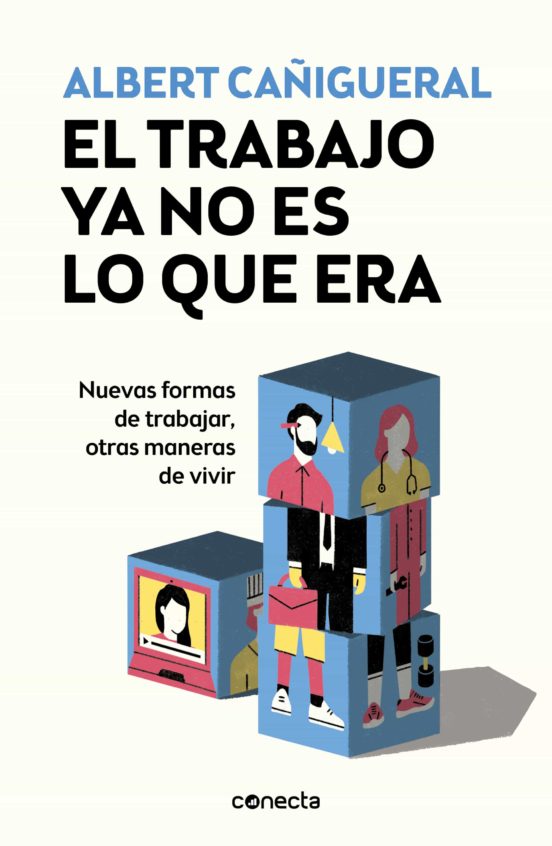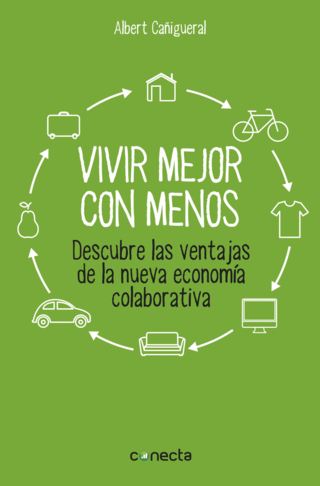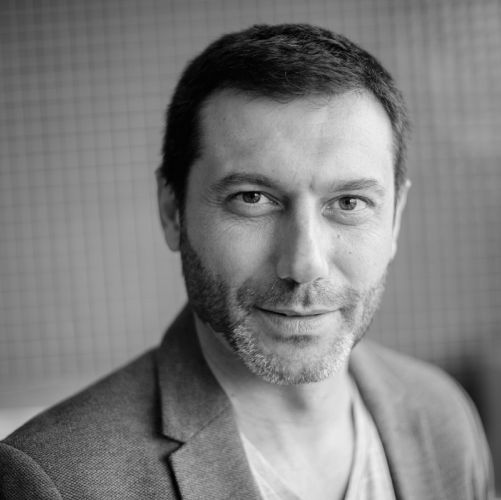Redefining work, the workforce and the workplace
- Dossier
- Mar 21
- 9 mins

“The old world is dying and the new world struggles to be born. Now is the time of monsters.” These are the words of the philosopher Antonio Gramsci referring to moments of change. Today we are witnessing a moment of change as regards the future of jobs and being afraid is understandable. But we must keep in mind that the desirable future is being built and that our individual and collective decisions matter.
Whenever we speak of the future, we must speak of futures in the plural, of possible futures. To broadly analyse the possible futures of work and their impacts, I will use three dimensions: work, workforce and workplace.[1] If you are endowed with good spatial intelligence, you can imagine it as a three-dimensional cube or an X, Y, Z axis diagram. For each of these dimensions we can define two endpoints: the classical vision and the more innovative, disruptive or futuristic vision.
The “work” dimension, that is, the set of tasks to be performed, has traditionally had a strong human component. We have needed people to get the job done. People learn and specialise, gaining a competitive edge over others when carrying out a certain job. Placed at the other end of this dimension is the automation of work with machines or algorithms. There is no human intervention and technological unemployment can be generated. We have examples that range from industrial robots inside the factories producing new electric car models, robots that act as delivery bots and domestic robots to set the table and start the dishwasher, to algorithms that write articles for The Guardian or even creative algorithms that design furniture inspired by an avocado. I recommend the mini-documentary Mi empleo, mi futuro[2] [My Employment, My Future], by the COTEC Foundation, to grasp the possibilities and limits of automation.
As for the “workforce” dimension, the traditional way of building it has been through employees with a long-term employment contract based on the skills that the company needs to create products or services. The idea is that employees are “owned”, without sharing them with other companies, in the same way that a family purchases a vehicle. At the other end of the spectrum, which is disruptive, lie digital labour platforms (Glovo, Deliveroo, Rover, Voice123, Malt, Fiverr, Etsy, etc.), in which the workforce that delivers the product or service is external, in a freelance work capacity. This extreme is possible thanks to digital technologies, which drastically reduce coordination and transaction costs. I can get the talent I need, when I need it, and where I need it quickly and efficiently. The nature of the business changes.[3]
So-called “centaurs” are hard-working people who increase their work output thanks to aggregating instead of competing.
In the “workplace” dimension, since the emergence of factories and offices, the idea of going to work has implied travelling to a production centre where we share space and time with other colleagues. These days, and accelerated by the effects of the COVID-19 pandemic, have brought us to the other extreme by working from home. For many people, in recent months, going to work has meant crossing the dining room or hallway. There are those who have become accustomed to taking a walk outside the home before returning to start the working day (which is known as fake commuting) and there are those who do not even leave the bedroom and work from bed, from Working from Home (WFH) to Working from Bed (WFB).
We explore the hybrids, the middle ground
Once the extremes (A vs. B) have been identified and contrasted, the intermediate points between A and B must be introduced into the analysis of possible futures. As Vitalik Buterin wrote in a tweet: “One of the more poorly-explained aspects (and benefits) of ‘thinking like an economist’ is seeing things not in terms of black-and-white categories but in terms of quantities and slopes and rates of change. Don’t compare ‘all A vs all B’, compare ‘1% more A vs 1% more B’”. These hybrid spaces are great for letting your imagination run wild and encouraging innovation.
From this point of view, in the “work” dimension what we find is the sum of intelligences (human + artificial) and forces and abilities (human + mechanical). They are “centaurs”,[1] hard-working people who increase their work output thanks to aggregating instead of competing. In terms of the sum of intelligences, we can think of the use of Google Maps by taxi drivers or the use of an investment algorithm by a stock operator. In terms of the sum of forces, we can think of exoskeletons or “cobots” like the ABB company’s YuMi in an industrial factory. A secondary effect of this hybridisation is that the differential factor, the person’s competitive edge, is reduced. The capacities of all working people are equalised, giving rise to a divide for those unable to engage in pooling forces and intelligences.
[1] https://medium.com/espanol/centauro-el-h%C3%ADbrido-entre-humano-y-m%C3%A1quina-af565846c920
The ways of working and living have constantly evolved throughout the history of mankind. Now too.
In the “workforce” dimension, the MIT Sloan business school asserts that: “The future of work is through workforce ecosystems”.[1] These ecosystems are made up of a mix[2] of one’s own employees, workers from other companies who join a specific project, subcontractors of services (for example, cleaning), freelancers that the company uses repeatedly (for example, a designer) and staff found through digital labour platforms. Here the non-human workforce also have to be integrated. The company stops being a sum of employees to become a sum of talents and capacities. In the same way that many families no longer purchase a car and use Mobility-as-a-Service (MaaS) solutions adding an ecosystem of services, in terms of business and workforce, we can refer to Talent as a Service (TaaS). The challenge here is that, on the one hand, companies of any size are capable of developing a talent strategy for the 21st century and, at the same time, that we do not end up treating people as interchangeable resources that compete by lowering the price of their work.
Finally, in the “workplace” dimension, several studies point to hybrid[3] solutions with a job in the office a few days a month and remotely the rest of the time. It seems that both companies and workers like that. The ones that do not like it so much are the large office space managers, who see less demand for square meters. Engaging in remote working from home isn’t necessary, where there are often no adequate spaces and reconciliation with other uses of the space is difficult. In the continuum of this dimension are third spaces that fit seamlessly with the narrative of the 15-minute city: co-working spaces, hotels that host employees and company meetings, real estate developments that include shared workspace, etc. Without forgetting destinations such as the Canary Islands or Madeira, which are actively positioned to attract remote workers. If I only have to go to the London office five days a month, can I live in the Canaries? From Working from Home (WFH) to Working from Anywhere (WFA), with solutions like ZityHub to make everything easier. If we get a bit futuristic, we can add two additional observations. On the one hand, there are face-to-face jobs that can be done through remote presence. Just as surgeons already operate remotely with the Da Vinci robot, a supermarket operator will be able to work by remote controlling a robot to place products on the shelves. On the other hand, Metaverse[4] will also be a work space in which, to “go to work”, we just have to put on virtual reality glasses or something similar.
 Illustration © Maria Corte
Illustration © Maria CorteAn ideal time to ask ourselves questions about desirable futures
We continue contemplating and debating the futures of jobs in a biased way, under a very traditional perspective. For instance, reducing the concept of workers to just salaried employees grouped in a physical production centre. This is just one of the possible points along the three dimensions that we examined previously. We can start to make combinations between the three dimensions: hybrid workforce of people and machines, some working remotely and others in the office, some salaried and other freelancers. Exploring the three-dimensional cube opens up an almost infinite range of ways of working and ways of living that will bear multiple and strong impacts on cities, metropolises and the territory in general.
Updating everything that is around this cube will also be necessary: social dialogue, protection systems for workers, labour law, tax schemes, training system, definition of a professional career, etc., that have been considered from the traditional point of view and that have already shown shortcomings in other scenarios. Nor should we forget the impact of all the new technologies and our digital rights.[1]
We are at an impasse, in a critical transition. In the words of the American entrepreneur Lisa Gansky, “between the ‘no more’ and the ‘not yet’”.[2]
The Italian philosopher Antonio Gramsci writes about times of change: “The old world is dying and the new world struggles to be born. Now is the time of monsters.” It’s understandable that we are disoriented. It’s understandable that we have misgivings, that we are afraid. At a time of change we are sure about everything we left behind and we are neither sure nor certain about the possible improvements that the new destination may offer us. Let’s keep calm. The ways of working and living have constantly evolved throughout the history of mankind. Now too.
A time of change is an ideal time to ask ourselves questions about the futures of jobs, to make them desirable futures. We must know that a desirable future does not come automatically. Futures are built. Our decisions, individual and collective, matter. Futures do not exist, only our decisions exist. The decisions we make here and now, and also the ones we don’t make. The futures you design yourself or the ones that are designed for you, or, at worst, against you. Will you put your name down?
Recommended publications
 El trabajo ya no es lo que eraConecta, 2020
El trabajo ya no es lo que eraConecta, 2020 Vie urbaine et proximité. À l’heure du covid-19? Carlos MorenoÉditions de l’Observatoire, 2020
Vie urbaine et proximité. À l’heure du covid-19? Carlos MorenoÉditions de l’Observatoire, 2020
The newsletter
Subscribe to our newsletter to keep up to date with Barcelona Metròpolis' new developments




